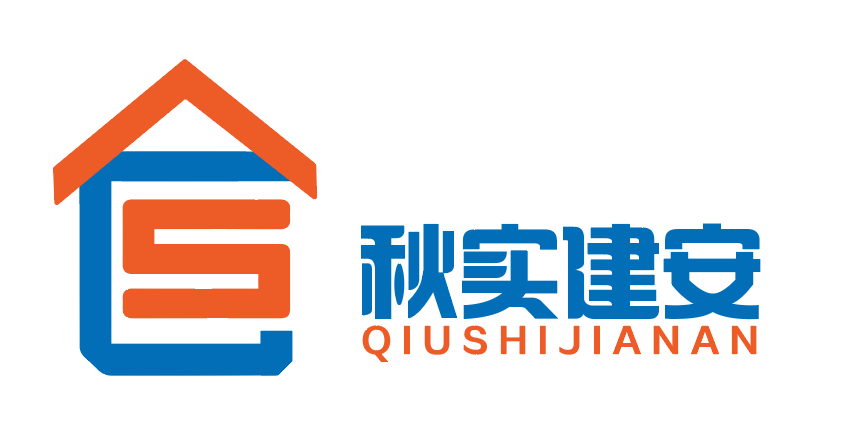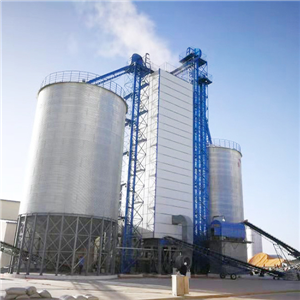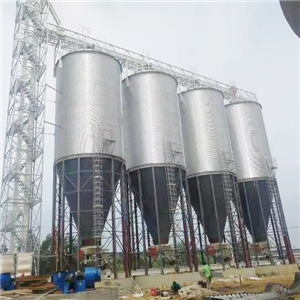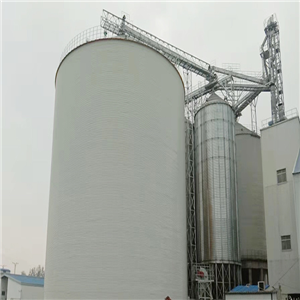Ensuring Safe and Efficient Operation: LIAONING QIUSHI's Comprehensive Safety Guidelines for Steel Silo Equipment
1. Operator Qualifications and Safety Protocols
Certification and Health Requirements:
All operators must undergo professional training, pass safety assessments, and maintain good physical health before independent operation.Personal Protective Equipment (PPE):
Operators must wear designated PPE (e.g., gloves, safety shoes) as per job requirements before starting work.
2. Pre-Operation Equipment Inspection
Mechanical Components Check:
For bucket elevators: New belts may stretch easily; adjust tension frequently to prevent slipping and jamming.
For scraper conveyors: Ensure chain tension is moderate (over-tightening may cause wear).
Rotating Parts: Verify lubrication and oil cups for adequacy.
Transmission Systems:
Lubrication Specifications:
Reducers: Use gear oil (NG320 in summer, NG220 in winter; antifreeze oil below -20°C).
Fluid couplings: Fill to 2/3 capacity with 32# turbine oil (gear oil prohibited).
Electric drum motors: Add 46# mechanical oil.
Test Run:
Perform a slow no-load test for 2–3 minutes to confirm normal operation before loading materials.
3. Electrical Control Cabinet Operations
Single-Linkage Control Modes:
Inbound Startup Order: Dust collector → electric tee (or gate) → top scraper conveyor → inbound elevator → pre-cleaning sieve → sieve elevator → unloading scraper conveyor (start from the end to ensure clear pathways).
Shutdown Order: Stop equipment from the inlet to outlet direction.
Single Mode: Start equipment sequentially (one by one) on the control panel; avoid simultaneous start up to prevent overload. Recommended for maintenance.
Linkage Mode: Follow the designed process sequence:
Prohibitions:
Never start elevators, scrapers, or sieves with material loads.
Do not operate electric tees/gates under load.
4. Emergency and Fault Handling
In case of malfunctions or power outages, cut off the power immediately and seek professional repair; never operate faulty equipment.
Maintain focus during operation; avoid alcohol before work. Do not leave the equipment unattended; power off when absent.
5. Flow Control and Equipment Maintenance
Adjust material flow by controlling gate openings on mechanical systems.
Regular Cleaning:
Clean impurities from pre-cleaning sieves, pulse dust collectors, airlocks, cyclones, and magnetic cylinders promptly to prevent jams and motor damage.
6. Special Notes for Steel Silo Loading/Unloading
New Silo Commissioning:
Load 1/3 of the silo capacity initially, then fill in three stages (one week apart) to avoid excessive foundation settlement.
Unloading Protocols:
Always unload from the central outlet for single/multiple ports to prevent silo tilting and structural damage (long-term off-center unloading may cause bolt loosening or even silo failure).
Refer to Manuals:
Operators must read the Assembly Corrugated Steel Silo and Auxiliary Equipment Operation Manual to prevent accidents.
7. Safety Environment Requirements
Ensure clear safety and fire escape routes; equip work areas with reliable fire-fighting equipment.
Include safety precautions in task briefings and maintain records.
After operation, shut off water/electricity/gas sources, clean the site, and organize tools for civilized production.
Conclusion
Steel SiloSteel SiloSteel SiloSteel SiloSteel SiloSteel SiloSteel SiloSteel SiloSteel SiloSteel SiloSteel Silo




